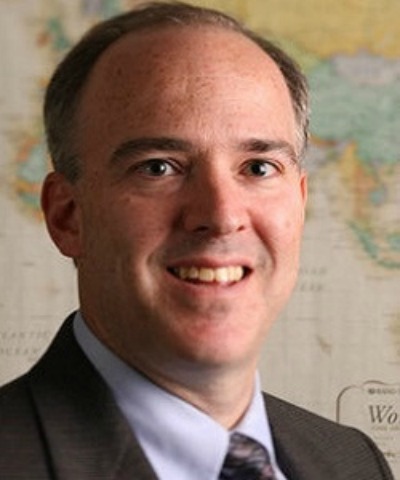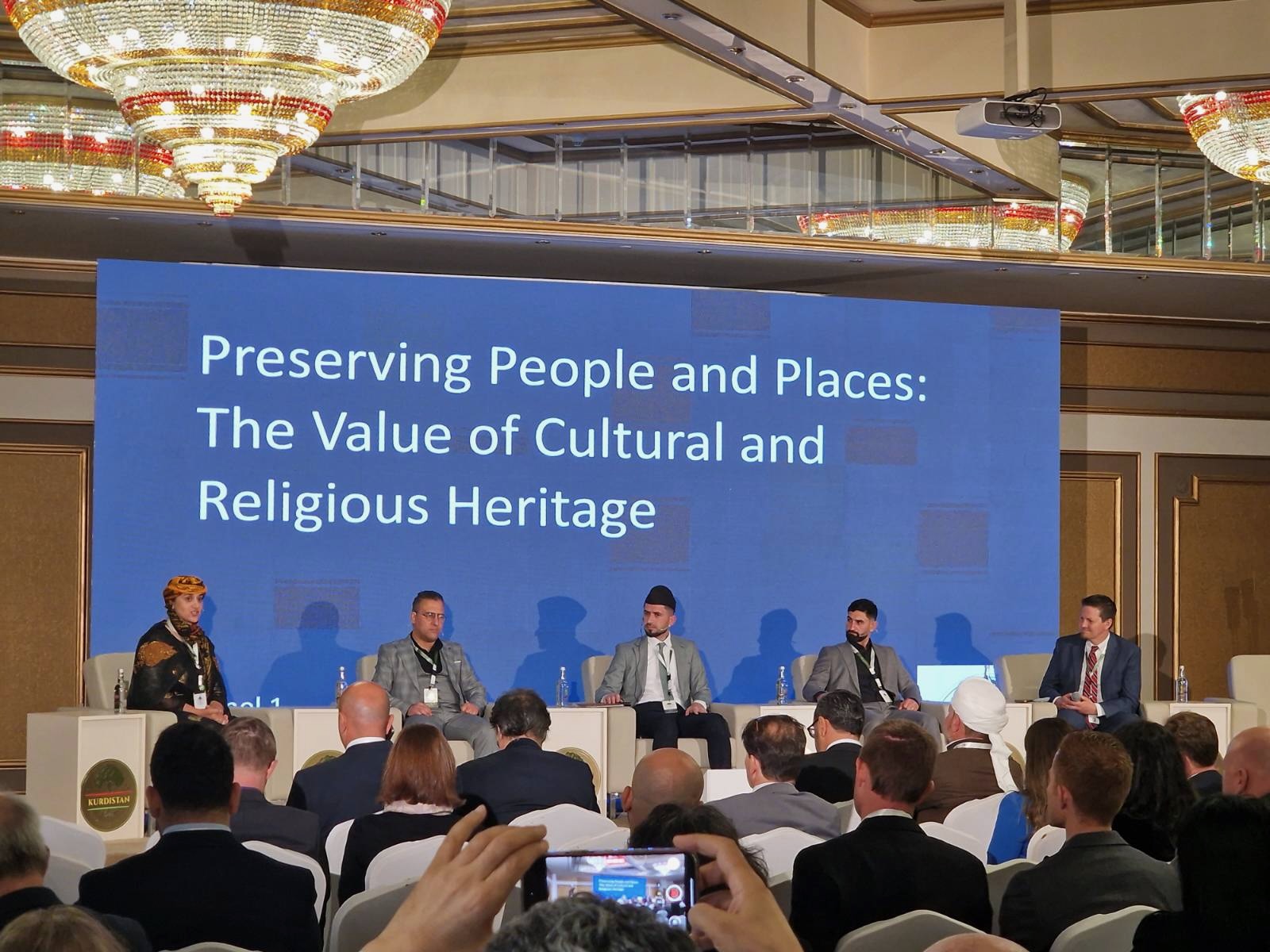This is this first of a series of nine posts that previews the new book by Daniel Philpott, Religious Freedom in Islam: The Fate of a Universal Human Right in the Muslim World Today. Each post previews one of the book’s chapters, the following post beginning with the introduction.
To read all posts in this series visit: Previewing Religious Freedom in Islam by Daniel Philpott

A culture war over Islam has been raging in the West at least as far back as the attacks of September 11th, 2001. It flares up every time terrorist acts or other forms of violence involving Muslims hit the headlines. September 11th. The United States’s wars in Afghanistan and Iraq. The murder of Dutch filmmaker Theo van Gogh in fall 2004. Bombings in Madrid in 2004 and London in 2005. Danish cartoons mocking the Prophet Mohammed published in 2005. The Regensburg Address of Pope Benedict XVI in September 2006. The controversy of 2010 over the building of an Islamic Center near the site of the September 11 attacks in lower Manhattan. Fort Hood. Benghazi. The Boston Marathon. Parliament Hill in Ottawa. the Islamic State. Al Nusra. San Bernardino. Paris. Nice. Berlin.
As with a culture war, this debate is carried out on the Internet, cable news, radio talk shows, and in newspaper opinion columns, and it is polarized, with its two sides squaring off sharply with little common ground between them. Much as in the Cold War, this public debate has hawks and doves, which I will call “Islamoskeptics” and “Islamopluralists,” respectively.
Islamoskeptics believe that Islam is hardwired through its texts for violence and intolerance, that Islam is inhospitable to freedom and democracy, and that the West must gird up for a long struggle against the Muslim world. Those who ignore these realities are latter-day Neville Chamberlains.
Islamopluralists hold that Islam, like all religions, is diverse, that it contains a small violent and intolerant faction that is not inherent to the religion but rather arises from historically particular factors, and that the West ought to build bridges with the Muslim world through dialogue and through owning up to its own historic role in contributing to violence. Hardliners, in their view, stoke the ire of extremists and elicit the very problem that they decry.
Is this a familiar debate between the right and the left? Only in part. The ranks of Islamoskeptics include political conservatives and Christian conservatives, to be sure, but also feminists, atheists, gay rights activists, and other voices from the political left. Likewise, the ranks of Islamopluralists include multiculturalists and left-wing university professors but also those conservatives who decry the war on terror as an overextended foreign policy and who find common cause with Islam on marriage, sexuality, and family.
Are there more nuanced positions whose complexity eludes both camps? Of course there are. Still, it is striking how much public commentary replicates these schools, not only on talk radio, the Internet, and cable news shows, but also in universities and high-brow publications like The New Republic, National Review, and The New York Review of Books .
Who is right? That is the question that Religious Freedom in Islam seeks to answer. Its criterion is religious freedom. More demanding than tolerance or even democracy, religious freedom requires enduring respect for the religious beliefs and practices of the person or community who differs over the ultimate questions of life, respect for everyone’s full and equal citizenship regardless of his or her religious beliefs, and a rejection of all heavy forms of discrimination. A religion that merits the monikers “tolerant” and “peaceful” is one that proclaims and practices religious freedom.
Of course, the Islam Question is a question for any religion. For three reasons, though, the book poses the question of religious freedom for Islam. First, not only is Islam the subject of a culture war, but the culture war has high stakes. When a partisan of one side gains power, changes in policy and in relations between the West and Islam ensue. Once President Donald Trump had taken office in January 2017, he translated the loud Islamoskepticism of his campaign into action through an executive order that halted the admission of all refugees for 120 days, temporarily banned immigration from seven Muslim-majority countries, and indefinitely banned refugees from Syria, a predominantly Muslim country convulsed in civil war. Then, and throughout Trump’s first year in office, he voiced anti-Muslim rhetoric, even tweeting out anti-Muslim videos. Just after his election, the Federal Bureau of Investigation issued a report showing that hate crimes against American Muslims had surged over the previous year, one in which Trump’s anti-Muslim rhetoric had been voluble.
The second reason why the question of religious freedom in Islam is urgent is that religious freedom can do much to alleviate the violence and repression that afflict Muslim-majority countries as well as relations between these countries and the West. Disproportionately to countries populated by other religions, Muslim-majority countries suffer from a dearth of democracy and economic development and a surfeit of terrorism, civil war, and social inequality. There is much evidence, too, that religious freedom serves to alleviate these problems. Political scientist Nilay Saiya, author of the new book, Weapon of Peace: How Religious Liberty Combats Terrorism, has shown, for instance, that religious freedom is inversely correlated with religious terrorism, religious civil war, and religion-fueled international conflict.
The third reason for the urgency of religious freedom in Islam is justice, plain and simple. Religious freedom is a universal human right, one that is not only a legal right, having made its way into the major international human rights conventions, but also a moral right, protecting the dignity of human beings in their search for and practice of religious truth.
The harsh violation of this human right is commonly suffered in Muslim-majority countries by religious minorities – Jews, Christians, Baha’is – and by Muslims whose beliefs are considered heretical by other Muslims who control the state: Shias in Sunni states, Sunnis in Shia states, and Ahmadis in Sunni states. Not to be overlooked are Muslim majorities who are stifled and controlled by repressive secular dictatorships, often propped up by Western governments, as well as the discrimination that Muslims sometimes experience within Western countries. In all of these cases, the dignity of human beings, and hence justice, is denied.
It is out of a hope that the sphere of justice would be widened that I have undertaken to write Religious Freedom in Islam.
Some critics, though. are wary of holding up religious freedom as a criterion for justice. In their mind, religious freedom is a Western principle that is liable to be deployed as a tool of power on the part of Western states. It is to their arguments that Chapter One of the book – and my next blog post – turns.
Daniel Philpott is a Professor in the Department of Political Science at the University of Notre Dame and a Senior Associate Scholar at the Religious Freedom Institute.
All views and opinions presented in this essay are solely those of the author and publication on Cornerstone does not represent an endorsement or agreement from the Religious Freedom Institute or its leadership.
THE RFI BLOG

RFI Leads Training Session on Religious Freedom Law and Policy for U.S. Army War College

Oral Argument in Charter School Case Highlights Unconstitutional Motives Behind OK Attorney General’s Establishment Clause Claim

Largest Longitudinal Study of Human Flourishing Ever Shows Religion’s Importance

Keys To Human Flourishing: Faith And Relationships Outweigh Wealth

RFI Champions Religious Freedom at Kurdistan’s First National Prayer Breakfast
CORNERSTONE FORUM

Reaffirming Religious Freedom: Bridging U.S. Advocacy and Iraq’s Constitutional Framework

Political Polarization, Same-Sex Marriage and Religious Liberty

Bridging the Gap Between International Efforts and Local Realities: Advancing Religious Freedom in the MENA Region

Challenges to Religious Freedom in Iraq and the Critical Need for Action

